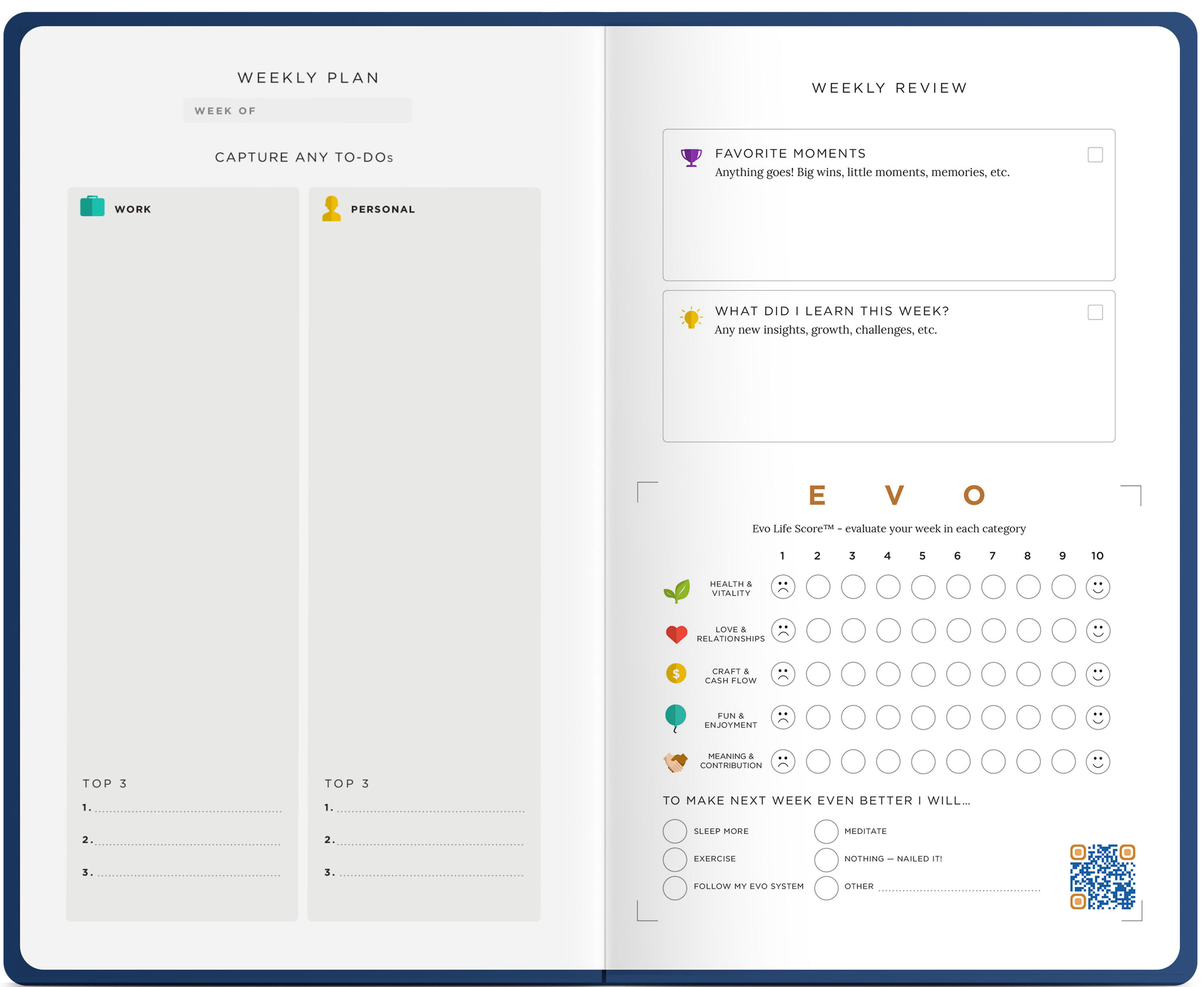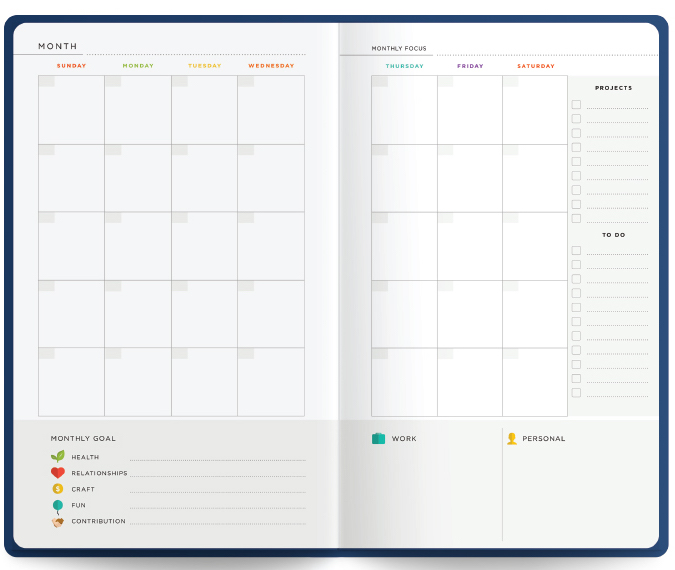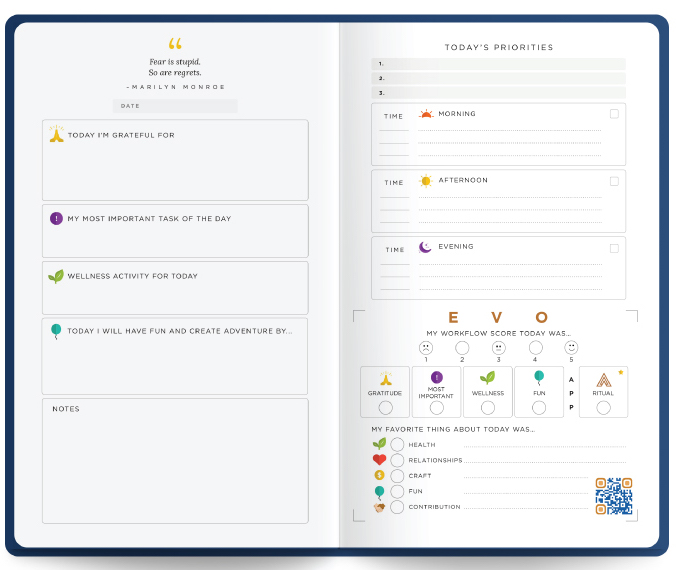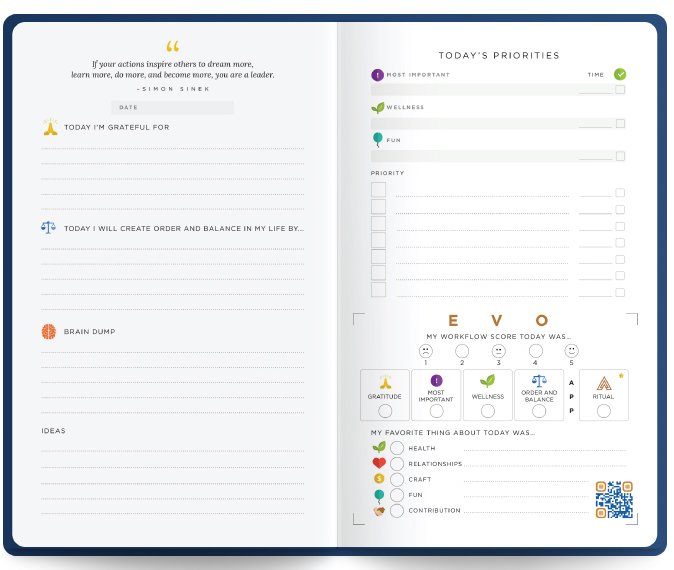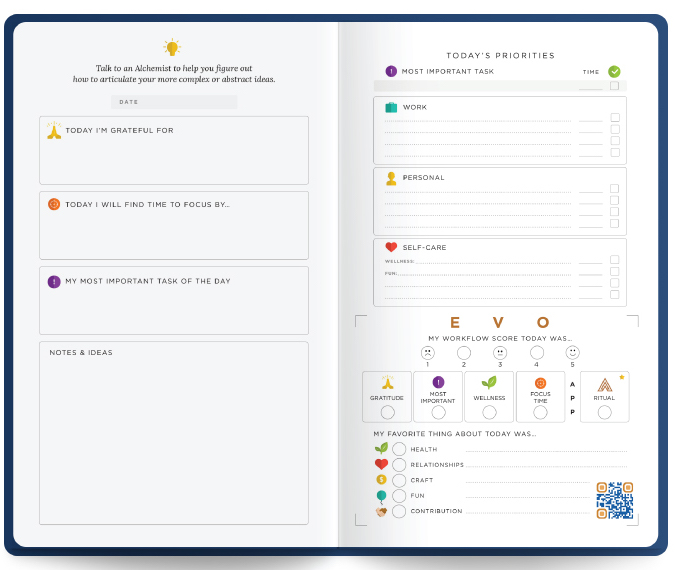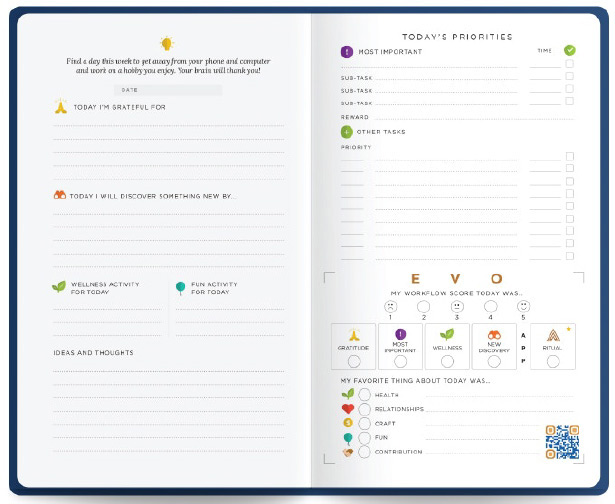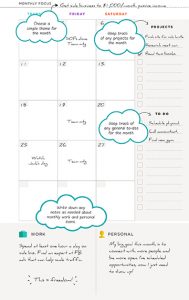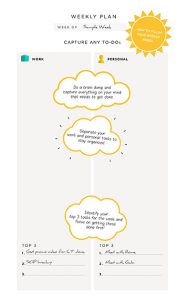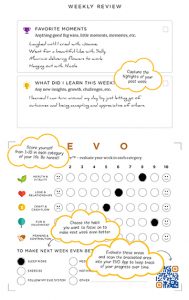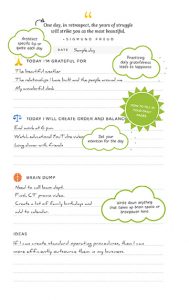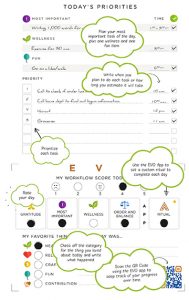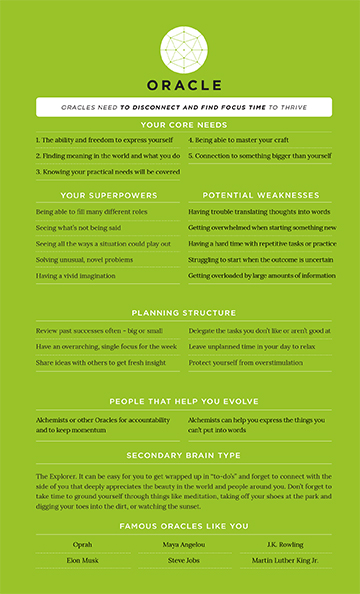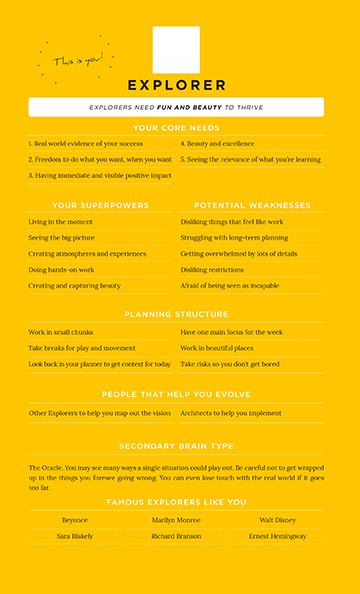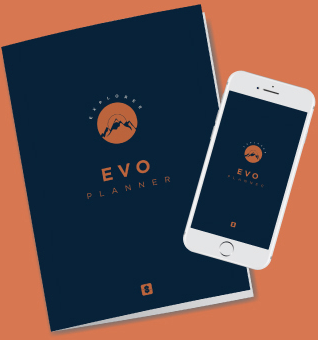EVO Elements & Brain Type Theory
This page is for those of you who are curious for more information about how the Brain Type system works and what the BTA is helping you define and discover. We hope you find what you’re looking for here!
We cover:
- The Basics of Brain Type
- The Methodology behind the BTA
- What are Brain Type and the BTA for?
- Evidence for Brain Type
- What’s next for Brain Type and the BTA?
If you find your curiosity still isn’t satisfied, feel free to write us at hello@bta.projectevo.org to let us know what you’d like to learn about, and join our Facebook Group to be a part of our community as we explore Brain Type and use the EVO system together!
Basics of Brain Type
Brain Type is a theory based on the work of Swiss psychiatrist Dr Carl Jung. In his book, “Psychological Types,” Jung talks about 8 different cognitive processes people use to organize and process information and make decisions. In the basic Brain Type Assessment (BTA), we focus exclusively on the ways we process information as we’ve found that it has the greatest effect on how we can successfully plan and organize our days, focus, and get into flow.
Very simply, here are the four Brain Types…
- Explorers are concerned with the external concrete, in-the-moment information regarding their physical surroundings. They aren’t as concerned about past or future information or speculation, because their focus is on whatever is happening in front of them. They see the world as fixed and unchangeable, to be appreciated for what simply is.
- Architects are concerned with their environment and how their physical surroundings impact them on a personal level. Their physical experiences and the information gathered from these experiences are very important to them, leading them to tend to store a lot of information in an organized fashion for quick retrieval. Their internal world is very solid and concrete.
- Alchemists take in information from external sources and cast a wide net of ideas and theories. They greatly enjoy speculating, brainstorming, and exchanging ideas with others. They see the world as full of possibilities, malleable, and potentially something to be changed into their ideal.
- Oracles take in information and synthesize it, processing information along one or two theoretical, future-oriented trajectories at a time. Their internal world is very fluid and abstract.
Methodology behind the BTA – how does it find your type
The BTA works a bit differently to other assessments. We use longer form questions and ask you to think through them at a deeper level rather than having you compare single words or short phrases for 30-40 minutes.
We have fewer questions because many people have a tendency to try and balance out their responses to similar kinds of questions in longer assessments. When they do this, they end up down the middle on every aspect the assessment is trying to measure, and have essentially told the test they have no preferences, so the results they get are quite unhelpful.
Most of us do not have extreme preferences between certain behaviours or ways of thinking. We’re all a little bit of everything to different degrees. We’ve found that by taking people through fewer questions, they tend to be more honest and thoughtful with their answers.
Because of this approach, we are specific about helping everyone understand that the BTA is a tool, and is only useful when paired with thoughtful reflection and self-awareness in the area we’re talking about. We also do our best to explain that your Brain Type is not meant to explain everything about you – it’s just one part of many factors that make up who you are and how you show up in the world.
For some types, the necessary reflection and self-awareness is more difficult than it is for others, so we’re also working on creating other ways of taking the assessment for different learning styles and abilities.
We’ve been researching this theory for many, many years and have interviewed thousands upon thousands of people, and so far we’ve never found someone who wasn’t able to determine their Brain Type when they took the time to look at their life holistically and figure out their processing preferences.
In nearly every scenario where the Primary Brain Type doesn’t quite line up, they identified with their Secondary Brain Type as their dominant one, and their Primary Brain Type as their Secondary one. Upon further investigation, this tends to happen when either they are at a later stage in life where they’re focusing specifically on developing that part of themselves and the more dominant part has become so natural that it operates for the most part unconsciously, or when they are in an environment where for whatever reason they really don’t have the freedom to express their core Brain Type, and so they’ve essentially been forced to operate differently for enough time that they’ve almost completely forgotten about that part of themselves.
We acknowledge that the BTA will most likely never be 100% accurate. No assessment like this is, as understanding the mind often comes down to difficult to measure data points beyond clear numbers and figures. However, we aim for the highest possible accuracy we can within the limits of our current understanding.
Without the kind of scientifically rigorous testing we’d like to have in the future through partnerships we’re currently developing, we seem to conservatively have a 90%+ accuracy rate when compared with each of the individuals we’ve spent 1-1.5 hours doing a personal advanced Brain Type session with and then compared their BTA results at a far later date (to try and reduce their ability to manipulate the test based on their memory of any similar language from the type session). This is higher than any other assessment that tries to measure anything similar to Brain Type, and we’re hoping it holds true as we test things further with third parties.
At the end of the day, we’ve already seen so many lives changed for the better and we’re excited to keep growing. The BTA will continue to evolve, just as our planner will. We’re here to learn and experiment together, not to pretend we’ve got everything figured out!
What are Brain Type and the BTA for? (And what they are not for?)
There are a massive number of tests out there that claim to measure everything from behaviour, what makes you tick, your best work environment, how you show up in different environments, how you best communicate, and more.
Our intention with the Brain Type Assessment (BTA) was to create something that measures how you best process information on your best day, and to show the patterns we’ve seen after years of research that come along with that way of processing and seeing the world.
Brain Type looks at the core of common miscommunications – people seeing the world differently. It then offers people language to look at and describe those differences so they can be acknowledged and worked around or with instead of causing the same arguments and frustrations to happen over and over again.
Brain Type enables you to borrow the strategies of other people like you to live a more productive, successful life rather than trying to fit you into a single, uniform mold. It gives you permission to really show up as your genuine self, while encouraging you to grow on the path that’s right for you.
Brain Type can also help improve relationships dramatically when everyone is aware of their type and is able to use the language naturally in daily life to better understand themselves and others. Brain Type is also unique in the broad category of “personality tests” in that the basics are easy to understand in a very short amount of time.
The BTA is NOT a vetting tool to be used for hiring. However, it can be very helpful for someone who is already hired when their team is working out their exact role in a company, especially if the individual is able to direct the process.
Evidence for Brain Type in Neuroscience and elsewhere
The theory behind Brain Type has neuroscience to back it up – different people rely more heavily on different parts of their brain when it comes to how they process information and see the world!
You can read and listen to more here:
- Dario Nardi PhD on the Neuroscience of Personality
- Creative people physically see and process the world differently
- The folds in your brain may be linked to how neurotic you are
- Think Different: How Perception Reveals Brain Differences
What’s next for Brain Type and the BTA?
We’re currently developing a huge collection of new resources for you. Some are customized to individuals and based around their Brain Type, while others focus on teams and how different groups of people can collaborate and communicate effectively when they keep their Brain Types in mind.
We’re also currently rolling out our advanced EVO Elements Assessment! Where the BTA is a quick, simple way for you determine your Brain Type so you know which EVO Planner is the best fit for you, the EVO Elements Assessment is far more advanced and adds new layers of self-awareness as well as a practical roadmap that tells you what you can do with that knowledge.
The EVO Elements Assessment offers three key things you can’t get in the BTA:
- You’ll learn what your Compass is – the way you make your best decisions and how that affects your day-to-day life.
- You’ll learn what your unique make-up is – how your Compass and Brain Type interact with each other.
- You’ll find out what your top 3 Crafts are – the roles you play in life and the things you need to be doing to feel fully alive.
EVO Planner: The World's First Personalized Flow System
A customized planner designed for your unique Brain Type
that helps you get the focus, flow, and freedom you need to thrive.
